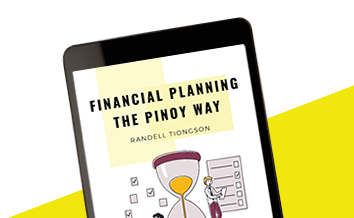Discounted bundles: EXTENDED!
By Randell Tiongson on December 26th, 2014
Due to numerous request and to the limited banking days, the promo for the discounted bundles have been extended! Special offer for my books will be until January 7, 2015!
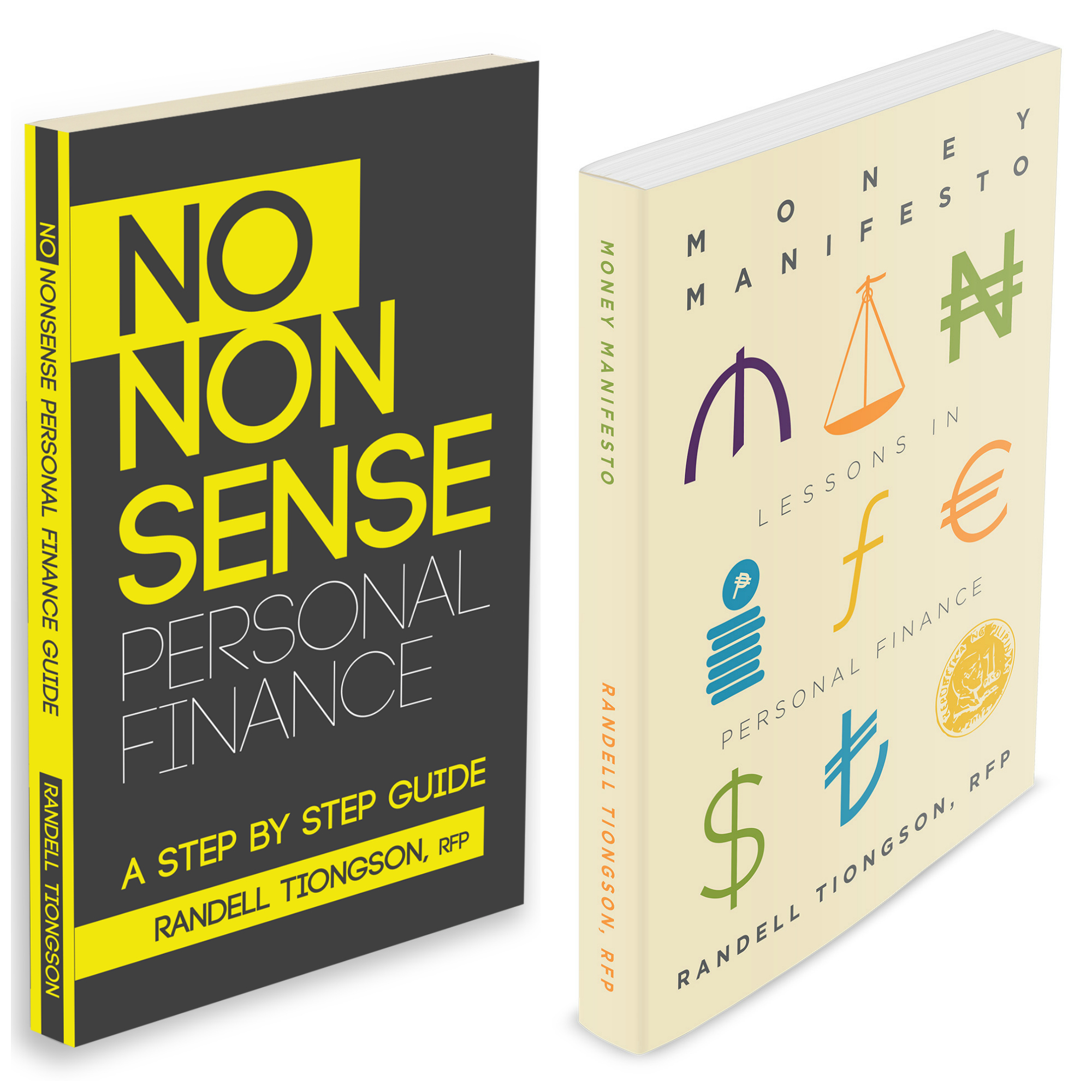
Get both books at only P900.00 — a discount of P200.00 for both books!
Money Manifesto: Lessons in Personal Finance. This book has been creating a big impact to a lot of people and has been endorsed by a lot of people like BSP Deputy Governor Diwa Guinigundo; singers Christian Bautista, Ogie Alcasid & Mark Escueta, economist Alvin Ang, stock market expert Marvin Germo and many more. This book is a very personal and practical and it will touch your heart and not just your mind.
Money Manifesto contains several topics on:
Part 1: Money Behavior
Part 2: Financial Planning
Part 3: Investment
Part 4: The Economy
Part 5: Life Matters
Money Manifesto: Lessons in Personal Finance is available at P600.00 per copy.
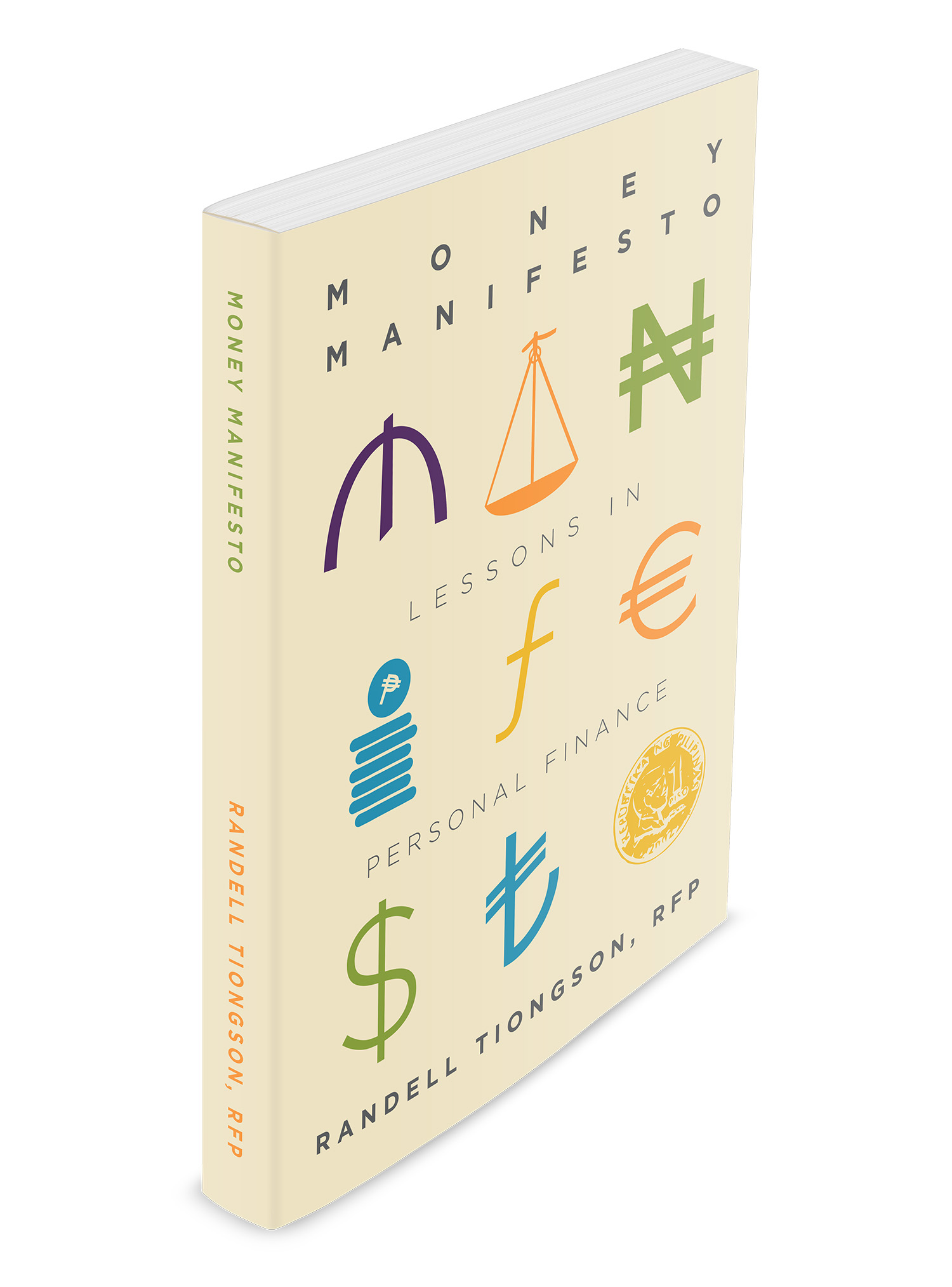
No Nonsense Personal Finance: A Step by Step Guide. This book has reached best-seller status in less than a year and has been featured in numerous publications, TV & Radio programs, etc. My first book has been used as a resource material for training programs, educational institutions and even churches.
No Nonsense Personal Finance book contains the 5 steps to achieve financial peace:
Step 1: Improving Cash Flow
Step 2: Getting Out of Debt
Step 3: Setting Up Your Emergency Funds
Step 4:Getting Protected from Life’s Risks
Step 5: Investing for Your Future
No Nonsense Personal Finance: A Step by Step Guide is available at P500.00 per copy.
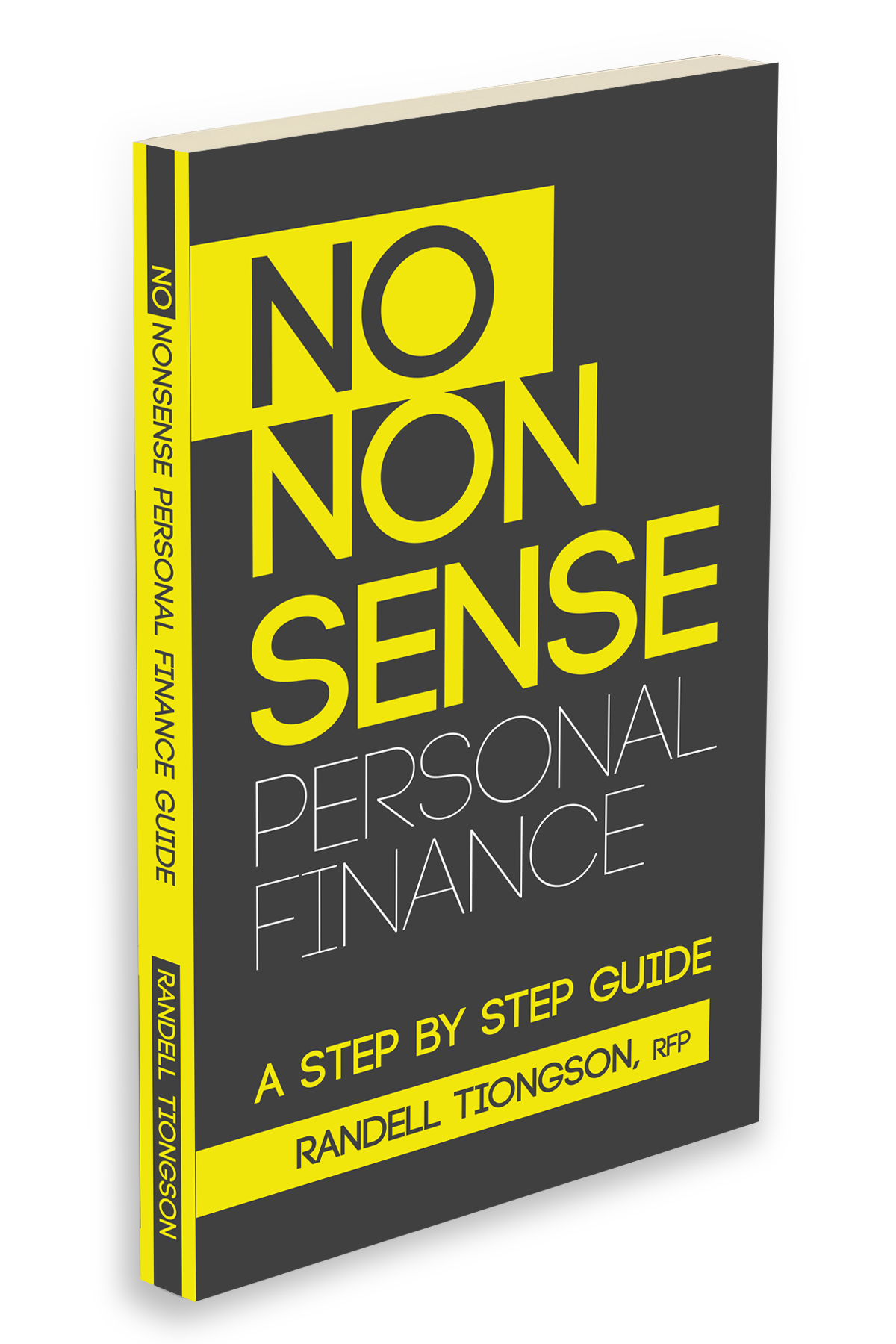
Here’s how you can order:
1) Deposit the payment to BDO #006440069496 or BPI 0249-1113-09 John Randell Tiongson.
2) Take a photo of the deposit slip and send to mia.tiongson08@gmail.com along with your complete address and contact number.
3) If you want the book/s autographed, please indicate it in the e-mail.
4) Free shipping for Metro Manila orders. For provincia orders, add P60.00
Big Boss Summit
By Randell Tiongson on July 9th, 2013
In 1997, a very young individual was sitting down in front of me for a job interview. While he had some experience, he was clearly a learner and wanted to use the job experience to achieve his goals in life. The name of the young professional I was interviewing was Paulo Tibig.
Paulo and I worked together for just a year as it was evident that his heart and talents were suited more for the world of entrepreneurship as against corporate employment. When Paulo asked if he can resign to start his own business, I did not even offered him to stay as I knew in my heart this young guy will be better off being his own boss than having one. We remained good friends since then and Paulo became an esteemed colleague and a business mentor of mine.
15 years after, the young professional is now the CEO of V Cargo, one of the country’s biggest logistics and cargo companies and is truly his own boss. He has since been a staunch advocate of entrepreneurship and his audience ranges from captains of the industries, SMEs and even young kids. He is now known as the EntrepChamp and is one of the most recognizable experts in the field of entrepreneurship.
From a big coliseum to a small cafe, Paulo has been teaching & inspiring people to be entrepreneurs and he has truly changed many lives by what he teaches. What is amazing about Paulo is that unlike many business advocates & speakers, Paulo is the real deal in business as he continues to run and grow many enterprises aside from V Cargo. Many speakers speak from their historical experiences but Paulo teaches not just from his past but also from his present endeavors. It is very rare to hear a real captain of the industry spend a lot of time teaching people from all walks of life making him one of the best in his craft.
On July 26, 2013, you can have the opportunity to learn from the EntrepChamp himself along with his guests Chinkee Tan and Boris Joaquin. To inquire, send email to info@whiteboardlearning.ph
To my friend Paulo Tibig, I am so proud of you and let me congratulate you in advance for adding another feather to your cap with the Big Boss Summit!
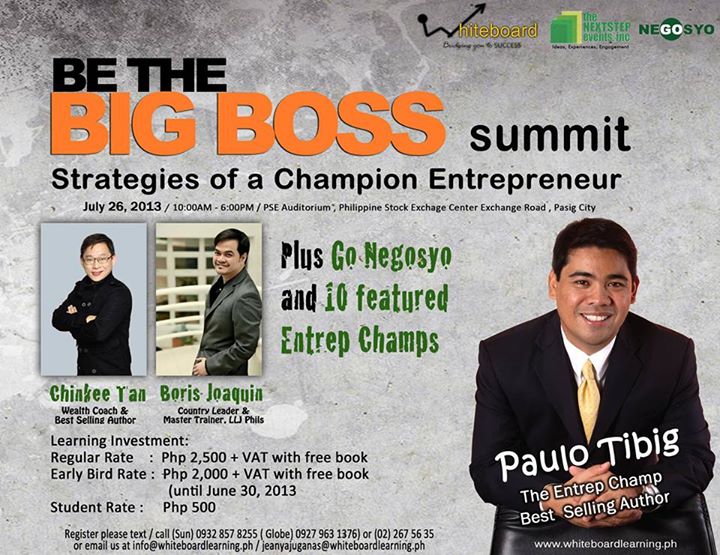
When the markets did the jerk
By Randell Tiongson on July 3rd, 2013
Sometime ago, I posted an article written by Antonio Moncupa Jr., the CEO of East West. Here’s another insightful from the CEO of one of the fastest rising banks of the country. He wrote about the way the markets behaved.
——————–
The Dance of the Markets
By Antonio Moncupa Jr.
In June, the markets did the jerk. They danced up and down and roiled throughout the  month. From its peak on May 15 to end June, stocks are about 13% lower, after falling more than 20% at its lows. The long bonds, on the other hand, are down around 12% in value after losing around 20% at its lows. And the peso hit a low of P44.17 against the dollar.
month. From its peak on May 15 to end June, stocks are about 13% lower, after falling more than 20% at its lows. The long bonds, on the other hand, are down around 12% in value after losing around 20% at its lows. And the peso hit a low of P44.17 against the dollar.
Unfortunately, to make our moneywork well for us, we have to work to learn about investing or pay those we trust whose business is to invest for others. Or, we could always take the low yield but safe alternative of short-term deposits from banks we know about, even if it practically does not pay us anything. A little yield is much better than possibly losing part of our principal as some stock and bond investors recently found out. We thought that it would help to have some sense of what is happening. How could it be that all it took were some words from Chair Ben Bernanke of the US Federal Reserve, that they would stop printing money (they don’t really print, they just press some keys in their computer keyboard) and voila, we saw a fast and furious sell-off of stocks and bonds and local currencies indiscriminately across the developing world, including the Philippines.
The US is so far and yet so near
When the US real estate and credit bubble burst, it threatened to bring down the US economy and the world with it. Real estate prices dropped and banks’ bad loans piled up. When real estate prices go down and banks are saddled with bad loans, people feel poorer and would not want to spend. Banks lose their lending appetite. If this is allowed to persist, people will stop buying things and economic activity slows down. There will be less need for workers and unemployment soars. This will further cause demand for things to drop even more and before you know it, the country’s output starts to go down bigtime. To avert a full-blown crisis, the US Fed launched an intervention called quantitative easing or QE. Another term for QE is money printing. This is done with the US Fed buying bonds and other financial instruments and paying for it by creating new money. When there is demand for anything, prices go up. In the world of bonds, interest yields move in the opposite direction and interest yields went down. With the Fed driving US interest rates near zero, investors looked elsewhere where yields and potential returns are better. That elsewhere turned out to be the developing countries like the Philippines. Foreign investors came, sold theirdollars for local currencies and started buying stocks and bonds. With too much dollars coming in, currencies appreciated. And before you know it, interest rates fell and stock markets soared.
Meanwhile, back in the US, low interest rates encouraged re-financing of people’s debts to get lower interest rate. This freed up some cash for spending. Companies and consumers found it wonderful to borrow at low rates. And with money in their hands, they started to spend and be more confident of the future. In due time, housing prices started increasing and spending perked up. The economy started to show some recovery. But too much money and too much demand for things will push prices higher and create inflation. The Fed is tasked to prevent that and, at some point, will act to get back the money it released. There will be three phases. In Phase 1, it will slow down creating new money like from $85 billion a month, down to maybe $60 billion. This is called “tapering.” As Americans become more optimistic and the recovery gains traction, the Fed goes to Phase 2, where it will stop creating money altogether. And finally, before banks seduce companies and consumers to borrow excessively and spend excitedly, Phase 3 comes in where the Fed gets back the money it created by selling the assets it bought. Just as US interest rates went down when the Fed began creating money, interest rates will go up when money is retired anew. Just the thought of it pushed US 10-year yields from 1.6% to 2.5%.
Some Opportunities?
With US yields and its stock market expected to go higher as the find US assets more alluring. That was the stampede we saw in June. Stampede back to the US. In the meantime, just as investors got carried away when they came and pushed stocks too high, peso too strong and interest rates too low, the rush to the exit probably pushed stock market too low, the peso too weak against the dollar and interest rates too high. Or, it may have not. This is now the subject of a lively exchange of opinion and the debate is causing local markets to do the jerk. And this debate could mean a lot to us who are investing our savings. The debate is not yet settled. But we don’t make good money when it is finally settled. By that time, it’s either you already missed the buying opportunity or will be buying at very expensive levels. Already, the stock market is gaining and interest rates are falling from its highs. Is this temporary? No one really knows for sure. But some things will surely happen although we don’t know when. The US will recover and interest rates will normalize higher from present levels. Though there will be volatility, fundamentals will eventually assert themselves. Remember that the Philippines has a good level of foreign currency reserves, earns more than it spends (before debt payments), has strong banks, and has consumers and companies that are not overburdened by debts. These should be good for stocks but not necessarily so for too low interest rates. When there is overexcitement around, the thing to do is to stay calm and study things carefully. If you run with the herd, you might get trampled upon. If you don’t, you might be left behind. Unfortunately, this is easy to say but hard to do.
*****
Tony Moncupa, Jr. is the President and CEO of East West Banking Corp. Please e-mail your questions, comments, suggestions to easttowest.inquirer@gmail.com.
Originally published in Inquirer






